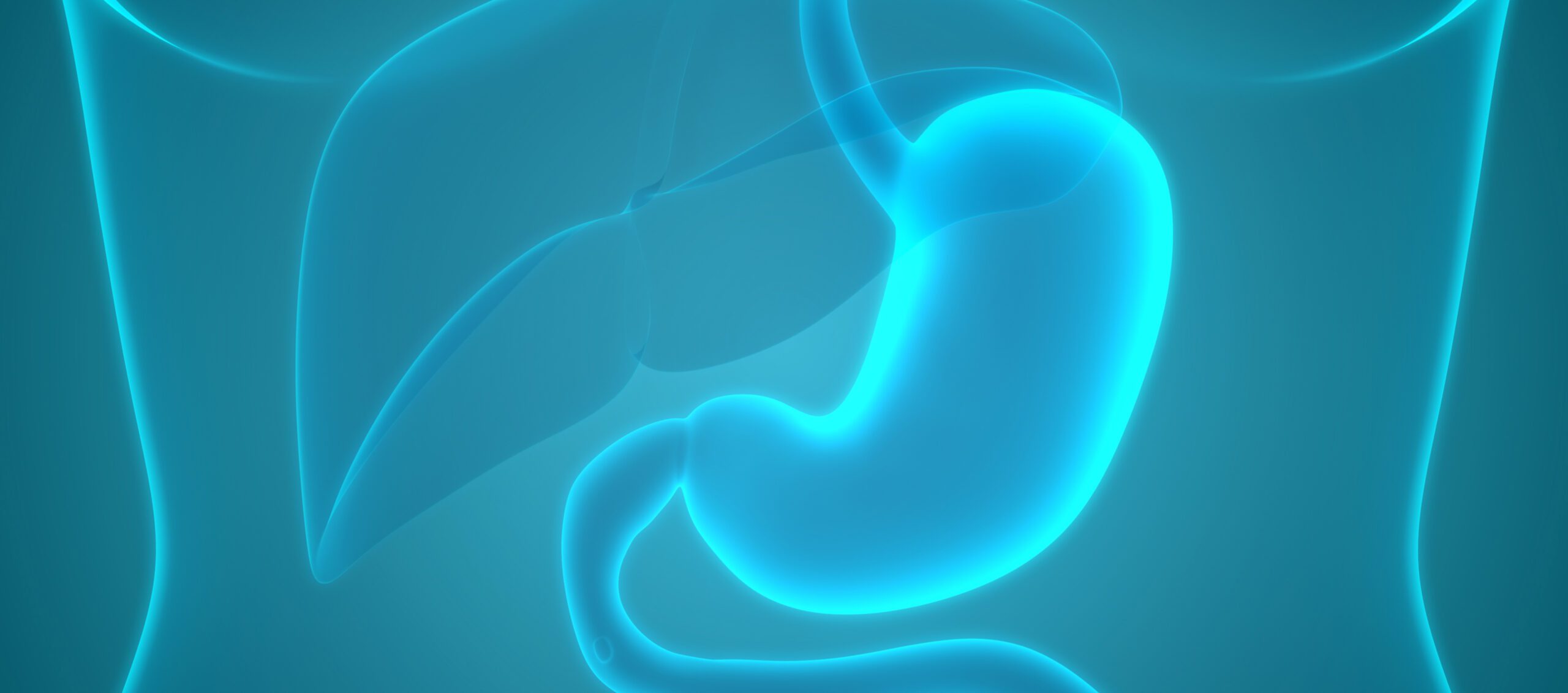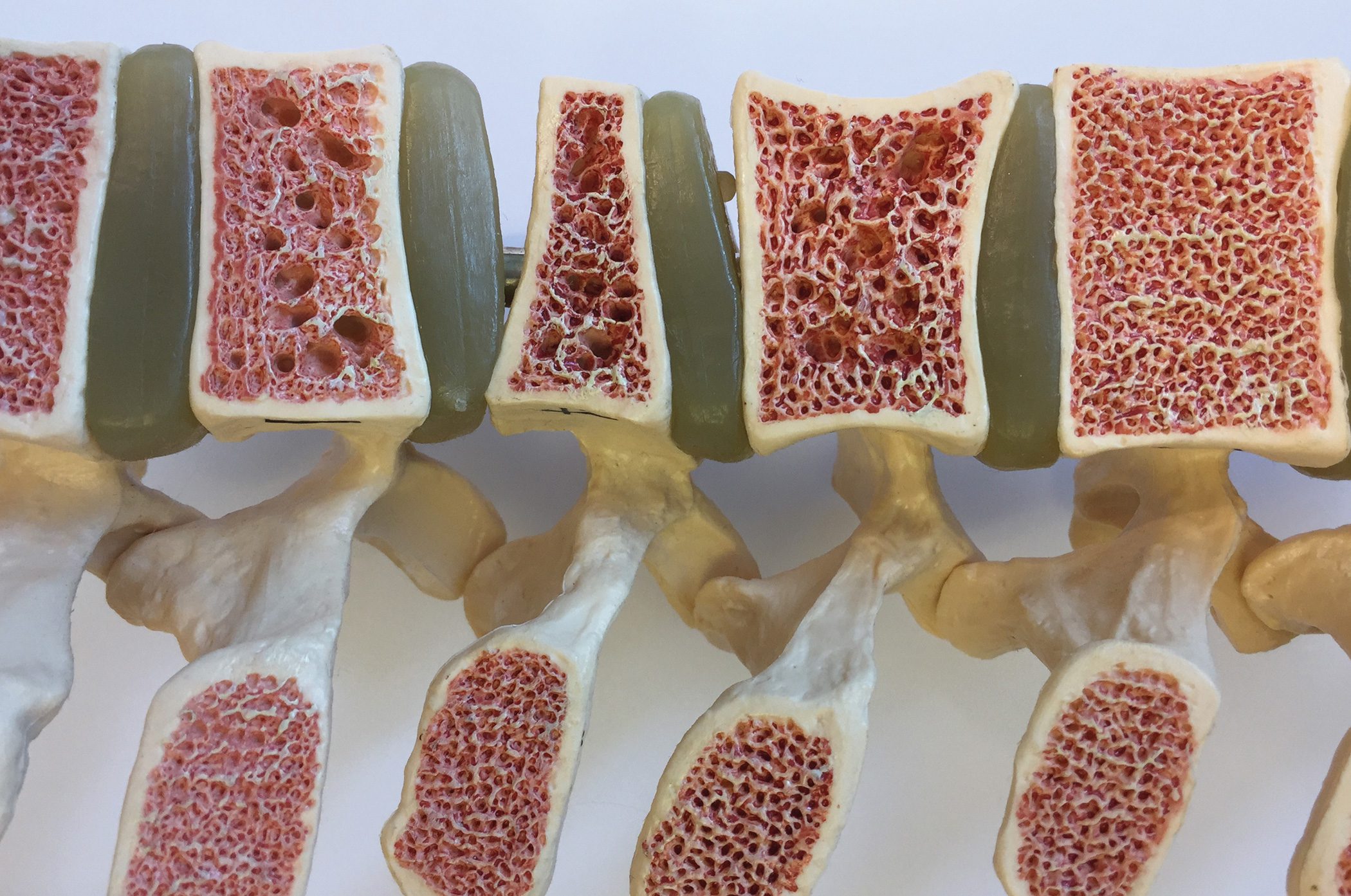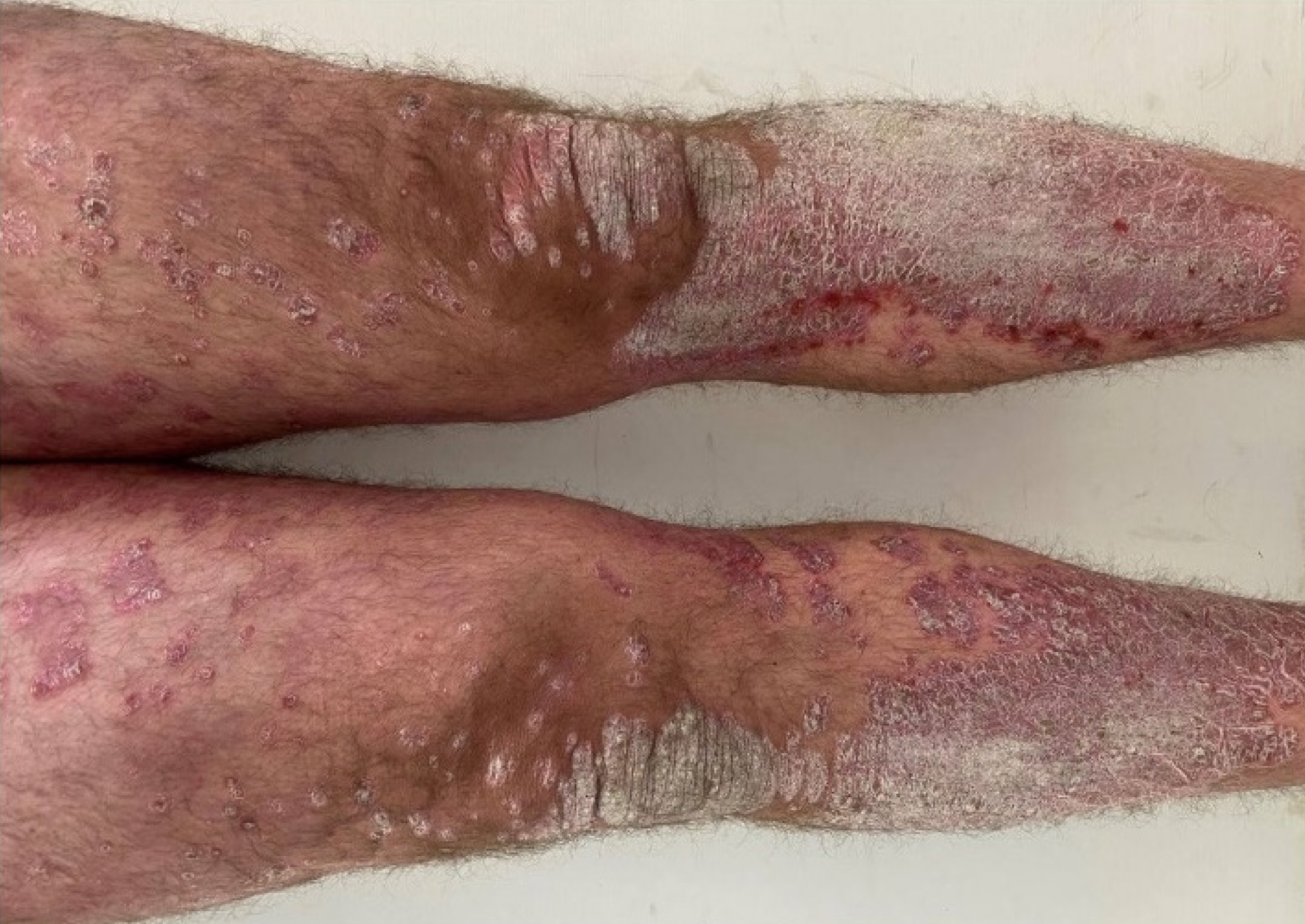Osteosarcoma is one of the most common primary malignant bone tumors in children and young adults with a high risk of bone and lung metastases. Despite recent advances in neoadjuvant chemotherapy, effective treatment of osteosarcoma has not improved over the last four decades. With the advent of immunotherapy, the treatment paradigm has now changed. The latest clinical studies show a slight improvement compared to conventional polychemotherapy.
(red) Benign and malignant primary bone tumors are classified according to the type of tissue from which the tumor originates. Malignant primary bone tumors, also known as bone sarcomas, are a group of rare malignant diseases originating in the skeletal system with a prevalence in the long bones. Bone sarcomas are very aggressive and patients suffer from pain, swelling and bone fractures. These tumors are difficult to treat, exhibit numerous histological variations and cause many clinical difficulties in the search for suitable therapies. The three most important entities of bone sarcomas are osteosarcomas (OS), Ewing’s sarcomas and chondrosarcomas.
OS are the most common malignant bone tumors in adolescents and young adults. They are mainly localized in the metaphysis of the long bones, particularly in the distal femur, proximal tibia and humerus. They originate from primitive mesenchymal cells and are characterized by the formation of an immature extracellular osteoid matrix associated with bone resorption mediated by activated osteoclasts. The biological origin of OS remains unclear, although several factors may be responsible for the disease, including genetic mutations and an immunosuppressive microenvironment that promotes tumor development. The lung parenchyma is the most common site of metastasis in OS, and metastatic foci are often associated with a poor clinical outcome. Conventional treatment of OS is based on a sequential approach that combines chemotherapy and surgery. Due to the particular radioresistance of OS, radiotherapy is only suggested for tumors in high-risk locations or to reduce the risk of recurrence after surgery. Despite the increase in clinical trials over the last four decades, cure rates have not improved. Non-specific targeted therapies therefore show a poor therapeutic effect with side effects at high doses.
Immunotherapies as a new treatment approach
Tumor cells are able to stimulate the tumor microenvironment (TME) to suppress the antitumor immune system, leading to tumor drug resistance. The development of personalized precision medicine in recent decades, including immunotherapies, has shown enormous benefits in the treatment of malignant tumors. As the successful treatment of metastatic melanoma with ipilimumab shows, several immune checkpoint inhibitors have been approved by the FDA. The main list of immune checkpoint inhibitors includes programmed death-1 (PD-1), death ligand 1 (PD-L1) and cytotoxic T lymphocyte-associated protein 4 (CTLA4) – and all are theoretically therapeutic options in OS. However, OS is described as a “cold tumor” in terms of low local immune activation and recognition of cancer cells, even when detectable immune cells are present in the tumor microenvironment. This immunotolerant environment may be explained by mechanisms of adaptive immune resistance (higher expression of PD-L1, CTLA-4 and IDO1) and the presence of myeloid-derived suppressor cells that inhibit T cell activation and enhance immune evasion of OS. Overall, the use of immune checkpoint inhibitors (monotherapy or dual therapy) has limited clinical value. It is therefore crucial to clarify the mechanisms of action associated with this immune response desert in order to reverse local immunity in OS.
Deciphering the key functions of each tumor microenvironment will allow us to understand the local immune tolerance observed in OS, although immune infiltrates in tumor tissue have been described. OS is a heterogeneous tumor that is regulated by its microenvironment and has a counterproductive effect. Research in this field is carried out on 2D surfaces. Mimicking the 3D shape of OS could lead to reproducible and applicable results.
Further reading:
- Panez-Toro I, Muñoz-García J, Vargas-Franco JW, et al: Advances in Osteosarcoma. Curr Osteoporos Rep 2023 Aug; 21(4): 330-343.
InFo ONCOLOGY & HEMATOLOGY 2024; 12(1): 32











